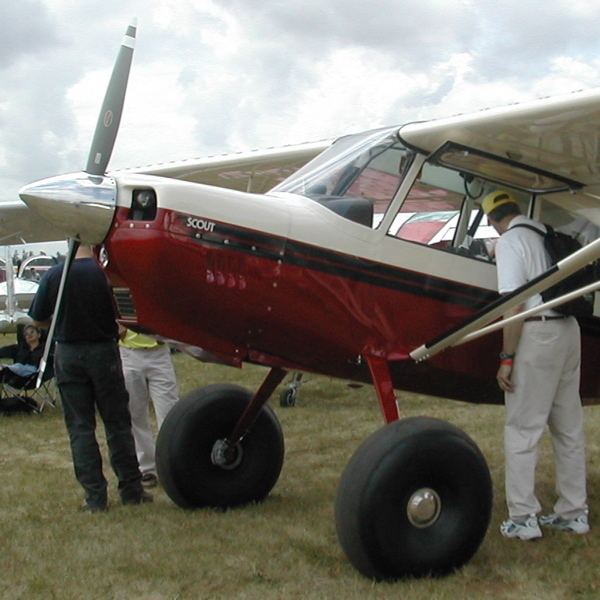A bush airplane is a general aviation aircraft used to provide unscheduled passenger and freight services to remote, undeveloped areas of a country, such as the Canadian north (or bush), Alaskan tundra, the African bush, or the Australian Outback. They are used where ground transportation infrastructure is inadequate or does not exist.
Since a bush plane is defined by how it's used, a wide variety of different aircraft with different configurations have been used over the years as such, however experience has shown certain traits to be desirable, and so appear frequently, especially on aircraft specifically designed as bush planes. None of these traits are mandatory - merely that they are commonly seen features of bush planes.
The undercarriage is designed to be fitted with floats, skis or wheel/skis to permit operation from water or snow (primarily for Canadian, Alaskan and Russian use).High wings ease loading and unloading, particularly from docks, as well as improve downward visibility during flight and increase clearance to reduce the potential for damage during landing or take-off. A high wing is less likely to be damaged during loading or unloading than a low wing.Conventional or "taildragger" landing gear—two large main wheels and a small rear wheel reduce both weight and drag, increasing the load the aircraft can carry and its speed and it reduces excessive stresses on the airframe compared to a nosewheel. A failure is also less critical as a broken tailwheel is easily repaired and won't prevent the aircraft from flying, unlike a broken nosewheel.Short runway requirements, typically gained through high aspect ratio wings and high-lift devices such as flaps, slots and slats to improve low speed flight characteristics, allowing shorter ground rolls on landing or takeoff.Very large, low-pressure tundra tires may be fitted to enable the pilot to operate from broken ground. It's not uncommon for a bush pilot to land (and take off) from unprepared surfaces.Current and historical bush planes
Years in brackets are of first flight.
Aviation museums with large collections of bush planes
Alberta Aviation MuseumAlaska Aviation Heritage MuseumCanada Aviation and Space MuseumCanadian Bushplane Heritage CentreWestern Canada Aviation MuseumIce Pilots NWTFlying Wild AlaskaAlaska Wing MenCaptains of the Clouds
